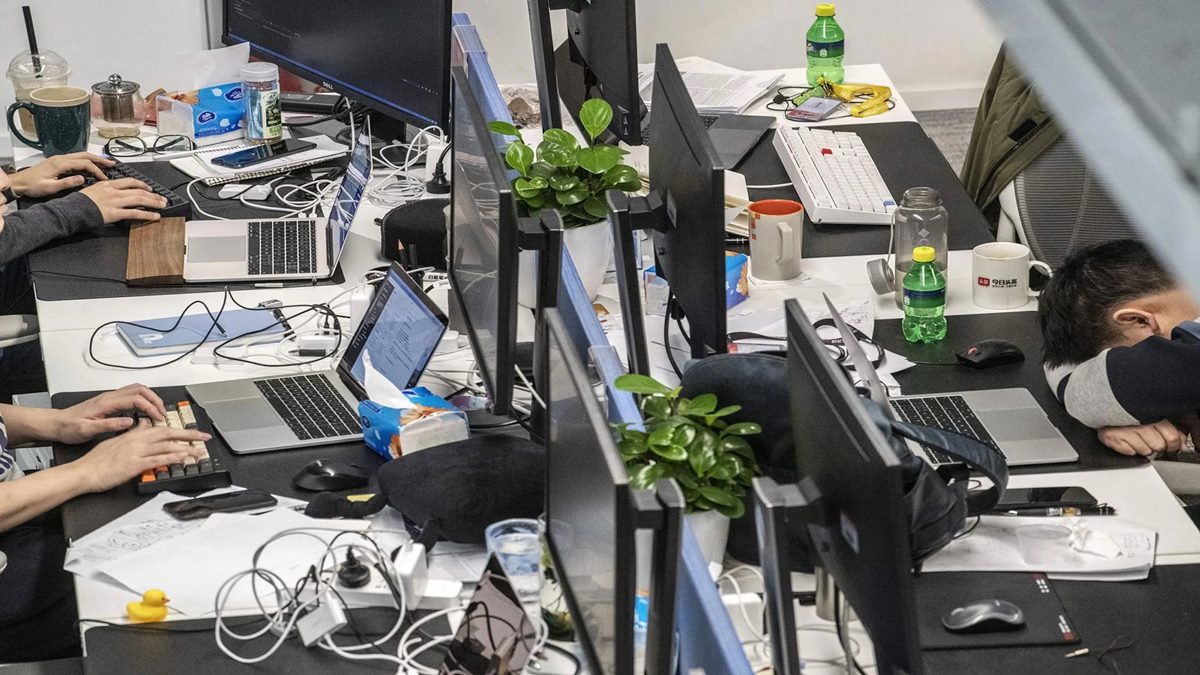In Australia’s corporate sector, the question of average sick leave usage has become a focal point for HR professionals and executives grappling with productivity and employee well-being. Recent discussions on platforms like Reddit reveal a mix of personal experiences, with users in the r/auscorp subreddit reporting anywhere from zero to 10 days annually, often influenced by company culture and health trends. One commenter noted taking about five days a year for genuine illnesses, while another admitted to using sick leave sparingly to avoid scrutiny, highlighting the informal pressures at play.
Data from official sources paints a broader picture. According to the Fair Work Ombudsman, full-time employees are entitled to 10 days of paid personal/carer’s leave per year, which accumulates if unused. This baseline sets expectations, but actual usage varies. A 2022 report from the Australian Bureau of Statistics showed a significant drop in hours worked due to increased sick leave during the Omicron wave, with seasonally adjusted hours falling 8.8% in early 2022, far outpacing changes in employment rates.
Entitlements vs. Reality: Bridging the Gap in Usage Patterns
Industry insiders point to a disconnect between entitlements and real-world application. In the private sector, sickness absence rates hover around 1.8%, as per recent posts on X (formerly Twitter), contrasting sharply with the public sector’s 2.9%. This disparity, echoed in a tweet by user Tom Harwood dated June 2025, suggests that corporate environments may discourage excessive leave through subtle policies or performance metrics. Meanwhile, a BUSY at Work analysis from 2018 indicated that only 52% of sick days taken were for genuine illness, fueling debates on “sickies” – unauthorized absences disguised as health issues.
Current trends, amplified by a surge in respiratory illnesses, are pushing these numbers higher. X posts from June 2025, including one by Denis – The COVID info guy -, report a 108% year-on-year increase in flu-related sick leave requests via telehealth services, alongside a 24% rise for COVID cases. This aligns with warnings of a “nasty” flu season, prompting companies to reassess leave policies amid hybrid work models.
Rising Trends: Flu Seasons and Post-Pandemic Shifts
The post-pandemic era has intensified scrutiny on absenteeism. A Sprintlaw article updated in May 2025 emphasizes employers’ obligations to provide sick leave without demanding excessive proof, yet many firms struggle with verification. Reddit users in the auscorp thread describe varying approaches: some companies require medical certificates after two days, while others offer unlimited sick leave to foster trust, though this can lead to abuse in high-stress sectors like finance and tech.
Economic implications are stark. An X post by WorkSmarter in July 2025 estimates that sickness absence costs a 75-person business £39,600 annually in lost productivity – a figure translatable to Australian contexts where similar calculations reveal billions in national losses. The Australian Bureau of Statistics data from 2022 underscores how sick leave spikes correlate with broader labor market shifts, such as unchanged unemployment rates despite reduced hours.
Corporate Responses: Policies Evolving with Employee Needs
Forward-thinking companies are adapting. Insights from HRD Australia in a July 2025 report note fewer employees quitting, but high replacement rates in competitive fields due to burnout and illness. This has led to enhanced well-being programs, including mental health days integrated into sick leave allowances. Reddit anecdotes reveal that in supportive cultures, employees average 3-7 days of sick leave yearly, often for mental health, reflecting a shift from physical-only absences.
However, challenges persist for casual workers. An X post by Denis highlights that 2.6 million casuals lack paid sick leave, with over half forgoing time off due to financial pressures. This insecurity exacerbates health inequities, as noted in Fair Work Ombudsman guidelines, potentially leading to presenteeism – working while ill – which spreads contagions and reduces overall efficiency.
Future Outlook: Balancing Health and Productivity
As Australia navigates ongoing health threats, experts predict sustained high sick leave usage. A 2023 X thread by Prof. Christina Pagel, though UK-focused, mirrors Australian patterns with elevated absences in health and education sectors due to infection exposure and inadequate sick pay. Locally, integrating flexible work, as supported by a third of bosses per recent Canberra Times coverage, could mitigate this by allowing remote recovery without full absences.
Ultimately, for industry leaders, understanding these dynamics requires blending data with empathy. By fostering transparent policies, businesses can minimize unwarranted “sickies” while supporting genuine needs, ensuring a healthier, more productive workforce in the years ahead.
Source – https://www.webpronews.com/australias-sick-leave-trends-usage-costs-and-policy-shifts/



















